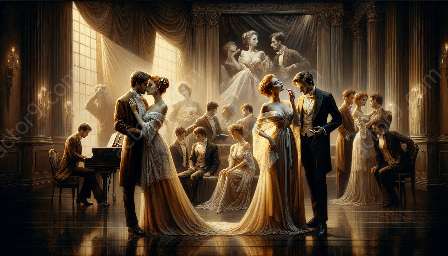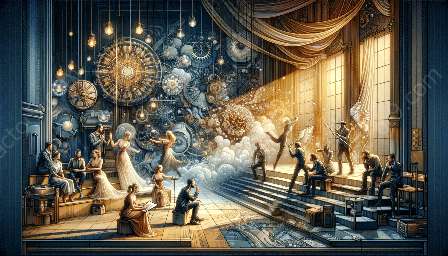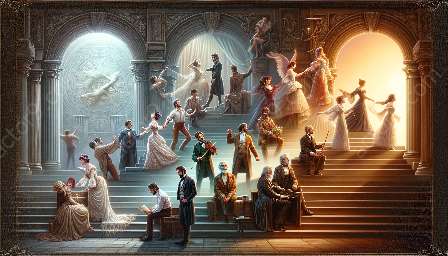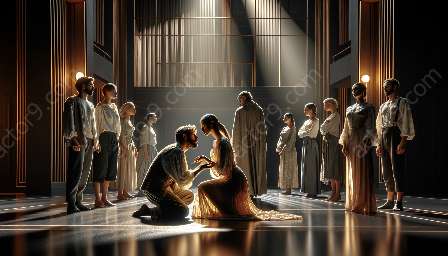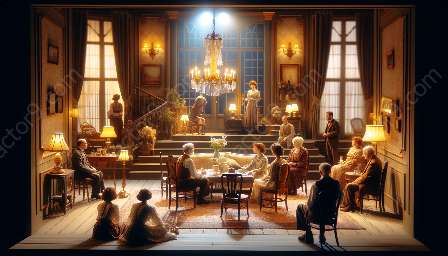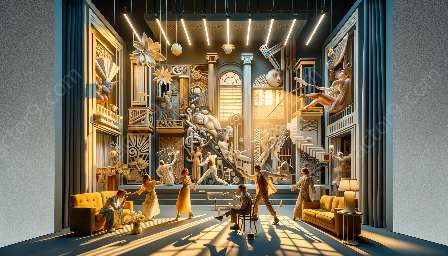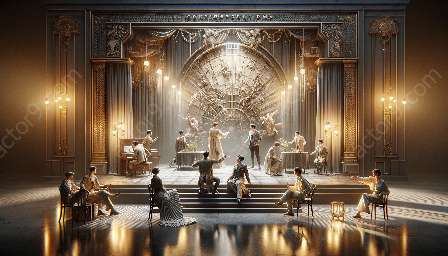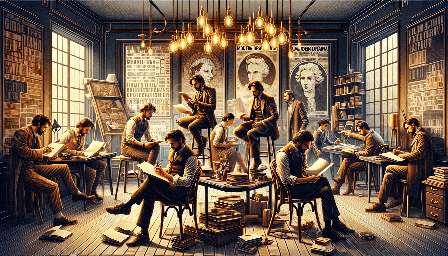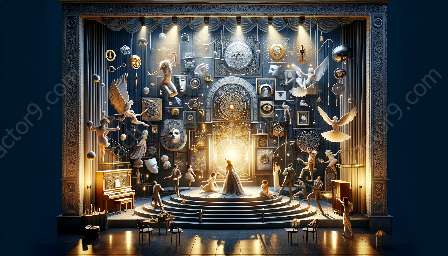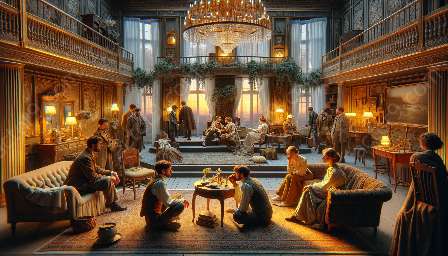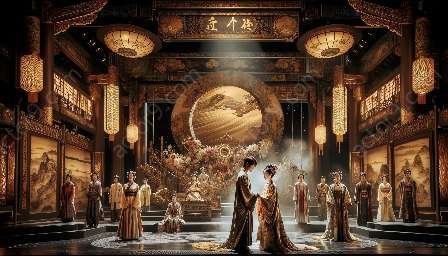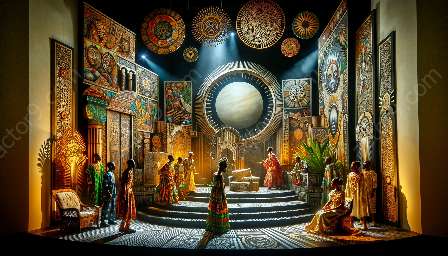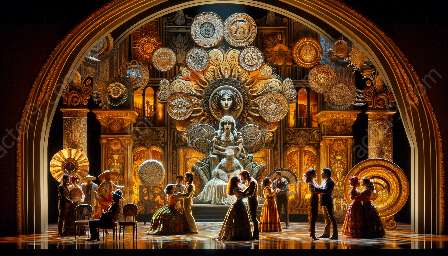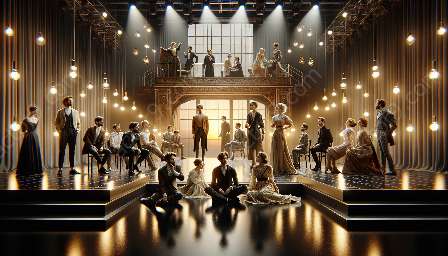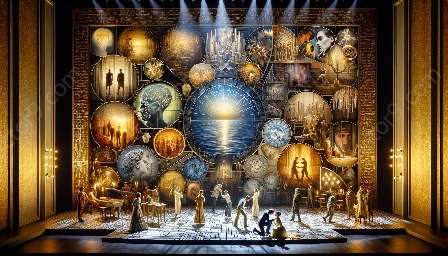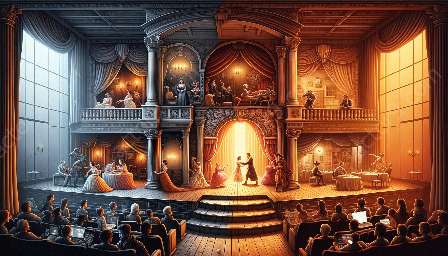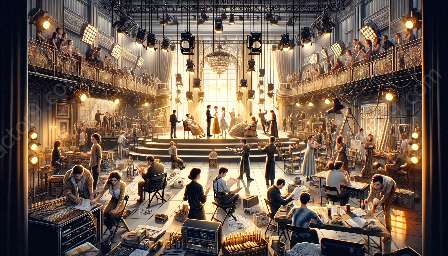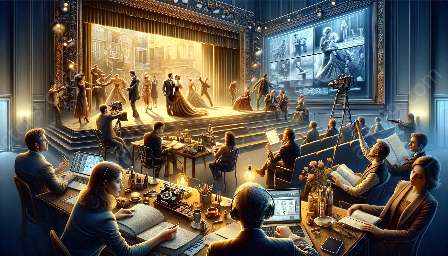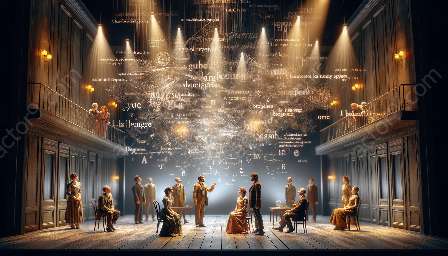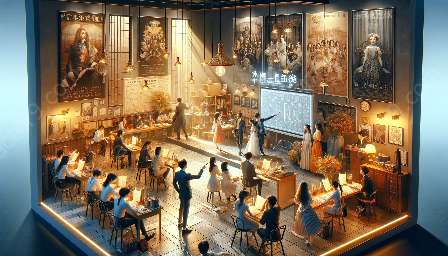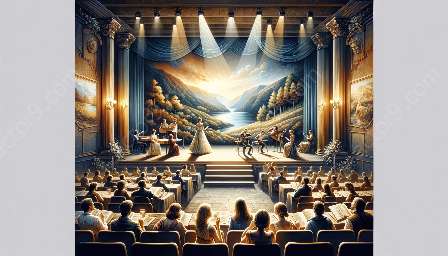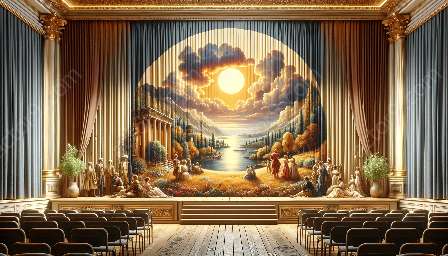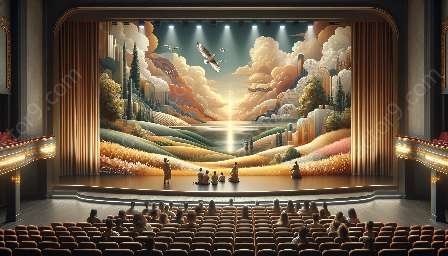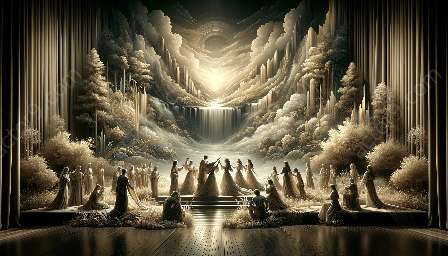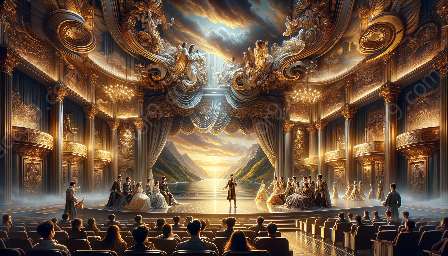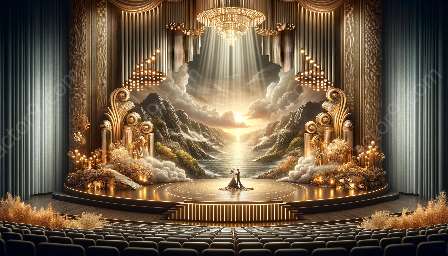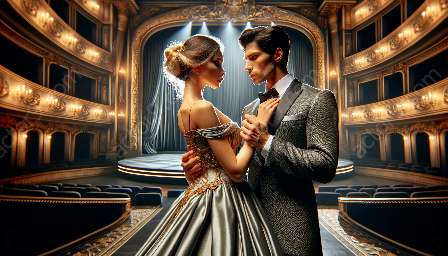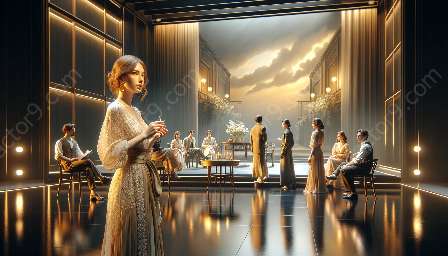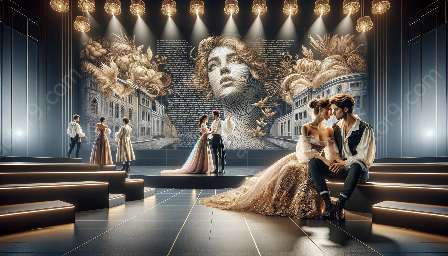Modern drama has undergone a remarkable evolution, shaping and being shaped by the performing arts. We'll delve into the interplay of text and performance in modern drama, examining its influence on the performing arts and vice versa.
Evolution of Modern Drama
Early Influences: Modern drama can trace its roots back to the late 19th and early 20th centuries, emerging as a response to the societal changes brought about by industrialization, urbanization, and technological advancements. Influential playwrights such as Henrik Ibsen and Anton Chekhov pioneered realistic and naturalistic approaches to drama, departing from the conventional melodramatic forms.
Theatrical Movements: Throughout the 20th century, modern drama witnessed a myriad of theatrical movements, from expressionism to absurdism to postmodernism. Each movement brought new styles, themes, and techniques to the stage, reflecting the evolving perspectives and philosophies of the time.
Interplay of Text and Performance in Modern Drama
Experimental Forms: Modern drama challenged traditional narrative structures, embracing a wide array of non-linear and fragmented storytelling techniques. Playwrights experimented with meta-theatrical elements and symbolism, blurring the lines between text and performance.
Theatrical Innovation: The interplay of text and performance in modern drama paved the way for innovative staging and directorial approaches. Collaborations between playwrights, directors, and actors became integral in shaping the overall theatrical experience, with an emphasis on physicality, movement, and visual storytelling.
Influence on the Performing Arts
Cross-Disciplinary Collaboration: Modern drama has significantly influenced other performing arts, including dance, music, and visual arts. Collaborations between playwrights and choreographers, composers, and visual artists have blurred the boundaries between different art forms, resulting in multi-dimensional and immersive performances.
Exploration of Themes: The themes and social commentary prevalent in modern drama have had a profound impact on the content and narratives explored in performing arts. Issues such as identity, power dynamics, and existentialism have permeated across various performing arts, influencing the creation of thought-provoking and socially relevant work.
Modern Drama and Beyond
Globalization and Diversity: With the emergence of global communication and cultural exchange, modern drama has transcended geographical boundaries, leading to a diverse and intercultural landscape of theatrical productions. This diversity has contributed to a rich tapestry of voices and perspectives in modern drama and the performing arts.
Technology and Innovation: As technology continues to advance, modern drama has embraced digital platforms, virtual reality, and interactive experiences, expanding the possibilities of text and performance interplay. The fusion of traditional theatrical elements with cutting-edge technology has redefined the boundaries of live performance and storytelling.

